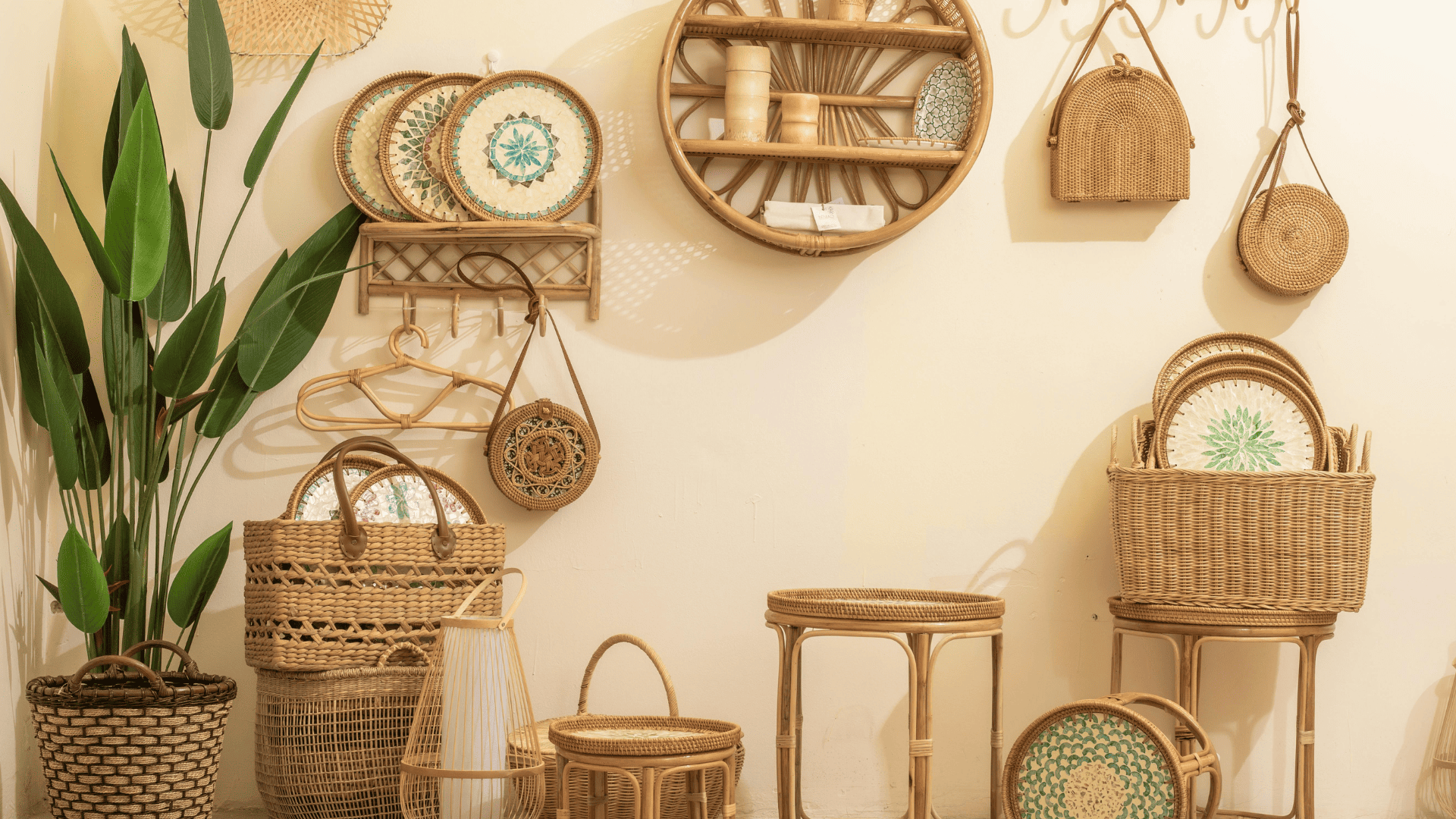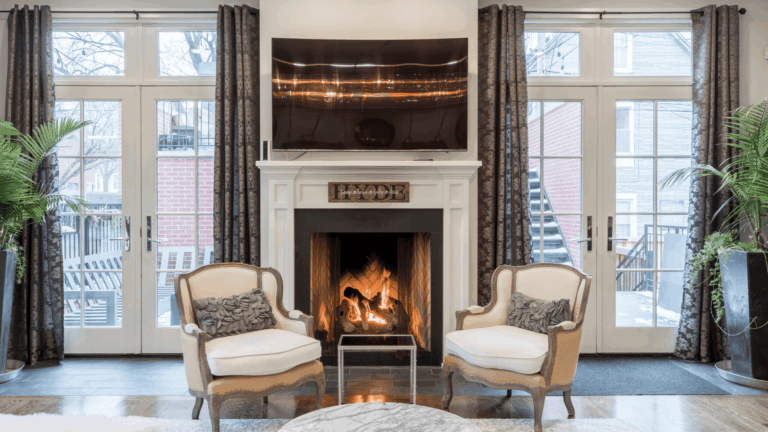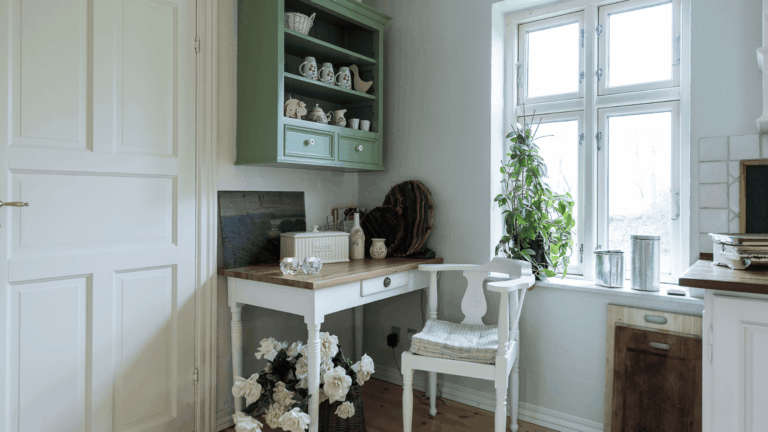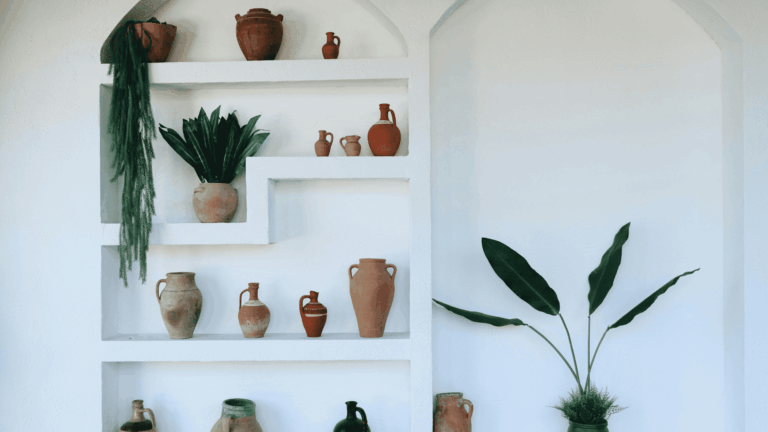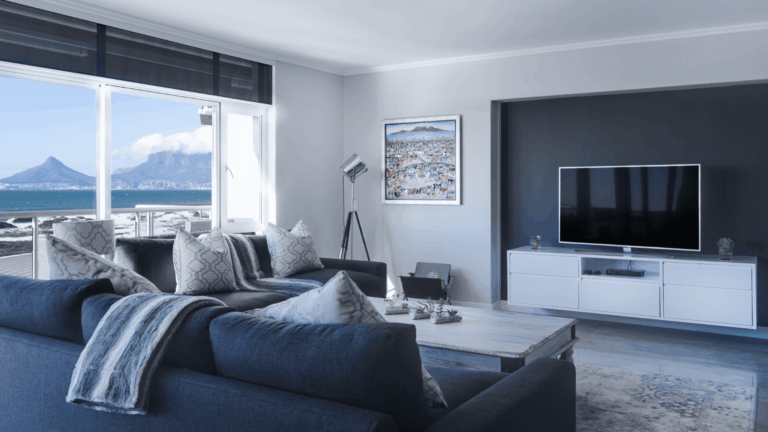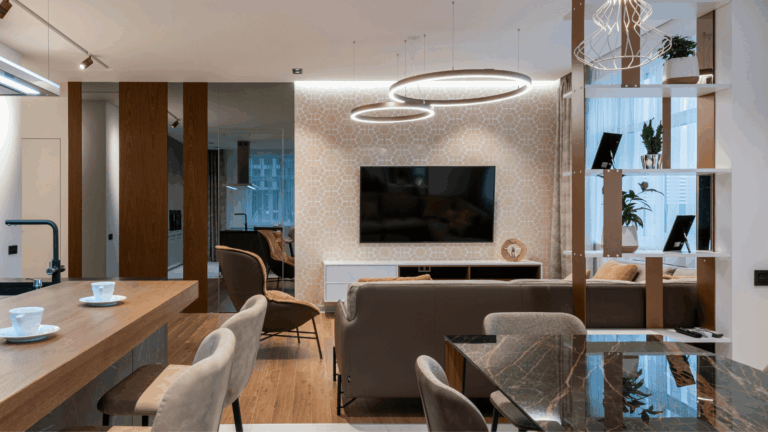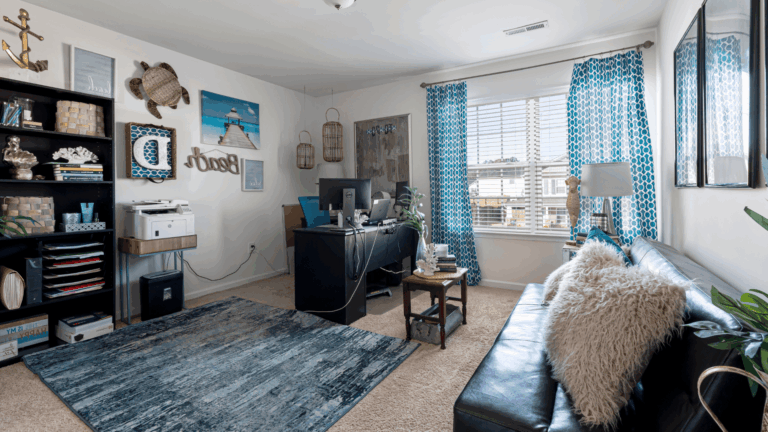Eco-friendly Interior Design Ideas: 21 Powerful Ways to Create a Sustainable Home
Eco-friendly interior design ideas are transforming homes into sustainable, stylish, and healthier spaces. Discover 21 powerful ways to embrace green living.
Why Eco-friendly Interior Design Matters in Modern Living
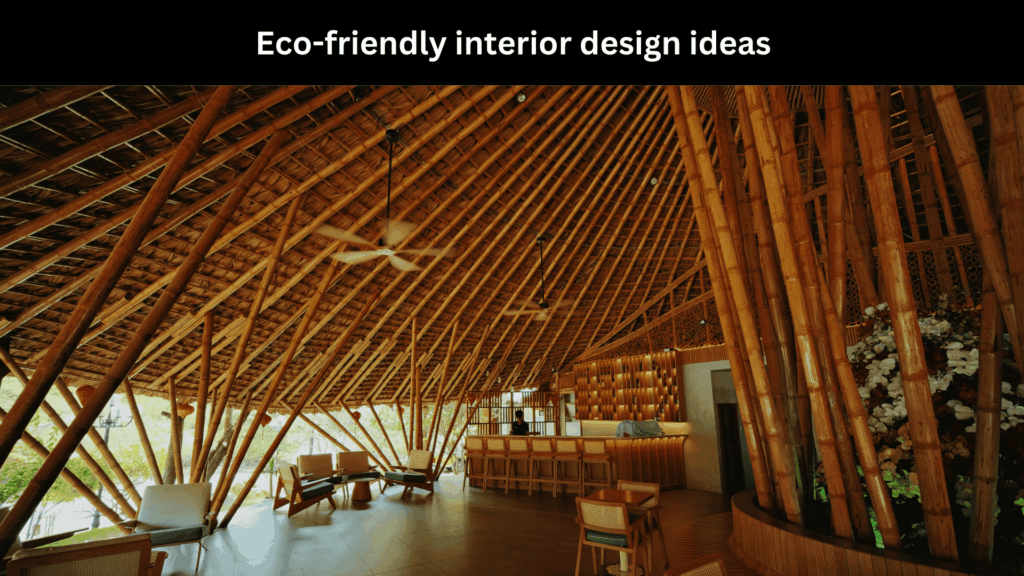
In today’s world, where climate change, deforestation, and pollution dominate the headlines, our homes have become more than just living spaces—they’re reflections of our values. Choosing eco-friendly interior design ideas isn’t just a passing trend; it’s a lifestyle choice that merges sustainability with comfort, style, and responsibility.
From the paint on the walls to the fabrics we use for curtains, every decision we make impacts both our environment and our well-being. By embracing eco-conscious design, you not only reduce your carbon footprint but also create a healthier, more peaceful home. Imagine walking into a space filled with natural light, toxin-free air, and furniture crafted from reclaimed materials—it feels good, looks amazing, and helps the planet.
This guide will walk you through 21 powerful ways to design your home sustainably without compromising beauty or functionality. Let’s begin by understanding the essence of eco-friendly design.
Understanding Eco-friendly Interior Design
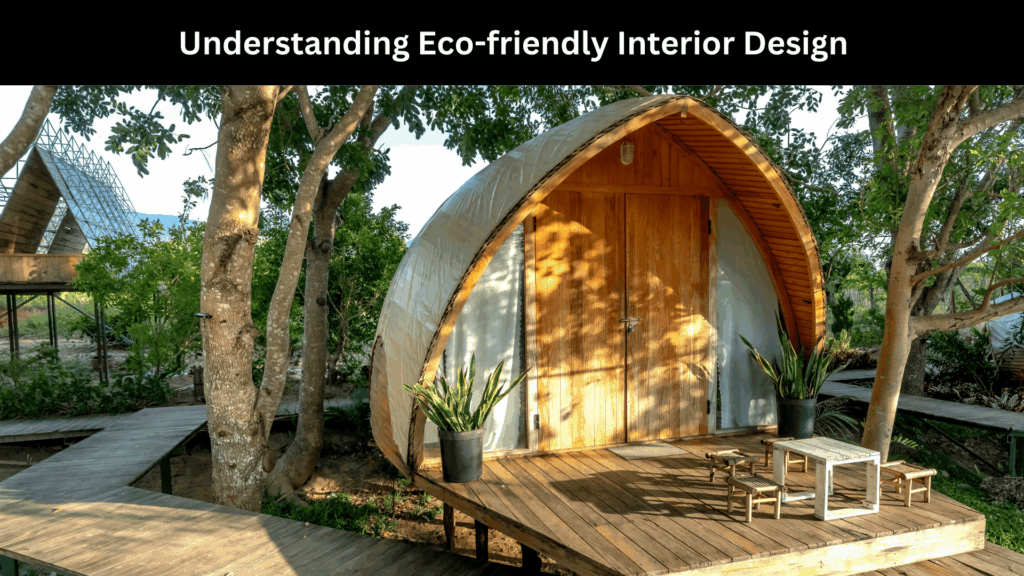
Definition and Core Principles of Sustainable Interior Design
Eco-friendly interior design is the art of creating living spaces that minimize environmental harm while maximizing comfort and efficiency. At its core, it emphasizes:
- Sustainable materials – choosing bamboo, cork, reclaimed wood, and organic fabrics.
- Energy efficiency – reducing waste through smart lighting, insulation, and appliances.
- Health-conscious living – eliminating toxins with low-VOC paints and natural ventilation.
- Longevity – investing in durable designs instead of disposable décor.
Benefits of Eco-friendly Spaces for Health, Environment, and Lifestyle
- For health: Cleaner air, fewer allergens, and reduced exposure to harmful chemicals.
- For the environment: Lower greenhouse gas emissions, less waste, and conservation of resources.
- For lifestyle: A calmer, minimalist, and clutter-free environment that supports well-being.
Common Misconceptions about Green Interior Design
Many people think sustainable design is expensive or plain-looking. In reality, eco-friendly design can be affordable, stylish, and highly personalized. Thrifted furniture, DIY upcycling, and smart use of natural elements make it both practical and chic.
Planning an Eco-friendly Home Makeover
Assessing Your Current Interior Footprint
Start by evaluating your home’s current consumption patterns. Do you waste energy through poor insulation? Are your furnishings made from non-sustainable materials? Understanding the baseline helps you prioritize changes effectively.
Budgeting and Prioritizing Sustainable Choices
Contrary to popular belief, going green doesn’t have to mean spending more. Begin with small, budget-friendly changes such as switching to LED bulbs or adding indoor plants. Gradually, you can invest in bigger upgrades like solar panels or reclaimed flooring.
Balancing Aesthetics with Environmental Responsibility
Eco-friendly design is about harmony. Balance earthy tones with modern minimalism, or combine reclaimed wood furniture with sleek metal accents. The goal is to create a space that feels both stylish and sustainable.
Eco-friendly Materials for Interior Design
Recycled and Upcycled Materials
Reclaimed wood tables, recycled glass countertops, and upcycled décor items give old materials new life. They add character and reduce landfill waste.
Natural Materials: Bamboo, Cork, Jute, Hemp, and Linen
These materials are renewable, biodegradable, and incredibly versatile. Bamboo, for example, grows quickly and makes stunning flooring and furniture. Hemp and linen fabrics add natural beauty to upholstery.
Low-VOC Paints, Finishes, and Adhesives
Conventional paints often release harmful chemicals into the air. Low-VOC alternatives keep indoor air safe while offering a wide range of color palettes.
Energy-efficient Interior Design Solutions
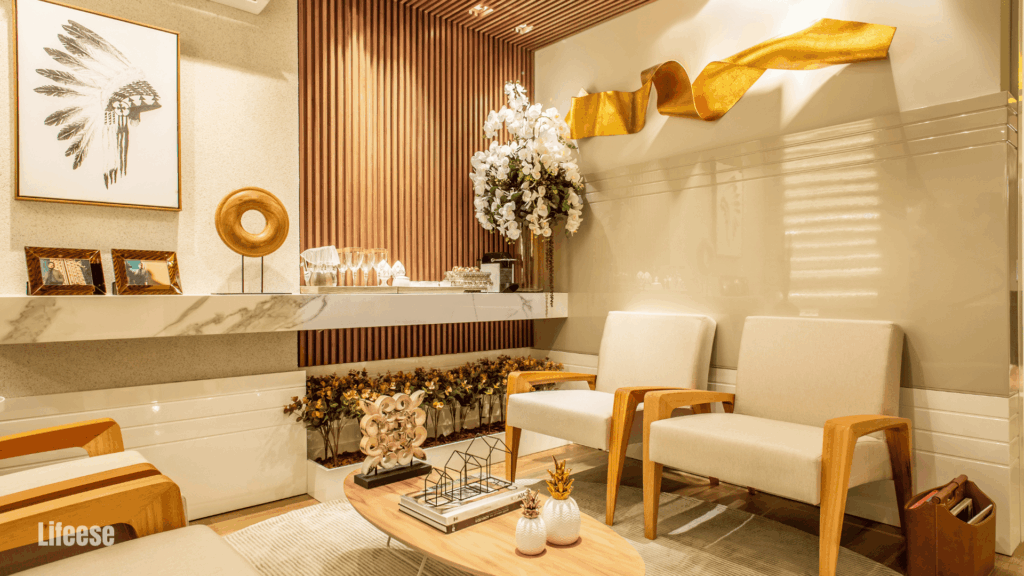
Smart Lighting: LEDs, Motion Sensors, and Solar Integration
LEDs use up to 90% less energy than incandescent bulbs. Pair them with motion sensors or solar-powered lighting for maximum efficiency.
Energy-saving Appliances for Kitchens and Living Rooms
Look for ENERGY STAR–certified appliances. These reduce electricity bills and minimize environmental impact without sacrificing performance.
Insulation, Windows, and Smart Thermostats for Efficiency
Well-insulated walls and double-glazed windows keep your home cool in summer and warm in winter. Smart thermostats help regulate energy use intelligently.
Sustainable Furniture Choices
Locally Sourced and Handcrafted Furniture
Support local artisans while reducing transportation emissions. Handmade furniture often lasts longer than mass-produced alternatives.
Multi-functional and Modular Furniture Designs
Think sofa beds, expandable dining tables, and modular shelving. These save space, reduce clutter, and minimize the need for excessive furniture.
Second-hand and Vintage Furniture for Timeless Appeal
Vintage pieces bring charm and history into your home. Thrifting also keeps perfectly good furniture out of landfills.
Indoor Plants and Biophilic Design
Air-purifying Plants for Healthy Interiors
Plants like snake plants, peace lilies, and spider plants clean the air while adding greenery.
Living Walls, Vertical Gardens, and Indoor Green Spaces
For compact homes, vertical gardens maximize greenery without taking up floor space.
Combining Plants with Modern Décor Elements
Mix sleek planters with minimalist furniture for a modern yet organic aesthetic.
Water Conservation in Interior Spaces
Smart Fixtures: Low-flow Faucets and Showerheads
Water-efficient fixtures reduce consumption without compromising comfort. For instance, a low-flow showerhead can cut water use by 50% while still giving you a refreshing shower.
Greywater Recycling Systems for Households
Greywater systems reuse water from sinks, showers, and washing machines for flushing toilets or garden irrigation. This reduces dependency on freshwater sources.
Indoor Design Hacks to Save Water
- Place a bucket in the shower to collect unused water for cleaning.
- Fix leaks immediately—dripping taps can waste gallons yearly.
- Choose dishwashers with eco-modes to save both water and energy.
Eco-friendly Flooring Options
Sustainable Wood and Bamboo Flooring
FSC-certified wood ensures timber is sourced responsibly. Bamboo grows rapidly, making it a renewable flooring option that’s also stylish.
Reclaimed Materials for Rustic Charm
Old barns, factories, or shipping pallets can provide wood for flooring, giving spaces unique character.
Natural Stone, Cork, and Clay Flooring
Cork is soft underfoot and naturally antimicrobial. Stone and clay tiles last for decades, reducing replacement needs.
Textiles and Soft Furnishings
Organic Cotton, Wool, and Hemp Upholstery
Unlike synthetic fabrics, these are biodegradable and free of harmful chemicals.
Eco-certified Rugs, Curtains, and Bedding
Look for certifications like GOTS (Global Organic Textile Standard) and OEKO-TEX to ensure textiles are safe and sustainable.
Natural Dyes and Non-toxic Treatments
Avoid textiles treated with formaldehyde or flame-retardant chemicals. Plant-based dyes offer safer, beautiful alternatives.
Minimalist and Zero-waste Design Approaches
Decluttering for Sustainable Interiors
Less is more. Keep only what you need and repurpose or donate the rest. A minimalist approach not only looks modern but also reduces waste.
Waste-free Storage and Organization Solutions
Opt for storage made from recycled materials. Glass jars, bamboo baskets, and modular shelves are eco-friendly and practical.
Incorporating Circular Design Principles
Circular design means products are designed for reuse, recycling, or biodegradation, reducing their overall footprint.
Eco-friendly Color Palettes and Décor Inspiration
Earth Tones and Nature-inspired Shades
Colors like terracotta, sage green, and sandy beige connect interiors to nature while creating calming atmospheres.
Using Light and Space to Reduce Energy Needs
Bright, reflective surfaces amplify natural light, cutting the need for artificial lighting.
Artistic Décor from Recycled or Handmade Elements
DIY wall art from reclaimed wood or recycled glass adds a personal, sustainable touch.
Smart Home Technology for Sustainable Living
Automated Lighting, Heating, and Cooling Systems
Smart systems prevent energy waste by adjusting usage based on occupancy.
Eco-friendly Smart Kitchen Designs
Smart ovens, refrigerators, and dishwashers optimize energy consumption while adding convenience.
Integrating Renewable Energy Sources Indoors
Solar panels, home batteries, and even wind turbines can power homes efficiently while lowering bills.
Eco-friendly Kids’ Room Design Ideas
Non-toxic Paints, Furniture, and Bedding
Children are more vulnerable to toxins. Choose paints, cribs, and mattresses certified safe.
Sustainable Toys and Décor Elements
Wooden toys, organic stuffed animals, and recycled décor create safe, playful environments.
Creating a Healthy Learning Environment
Good lighting, ergonomic furniture, and natural airflow foster concentration and comfort.
Designing Sustainable Work-from-home Spaces
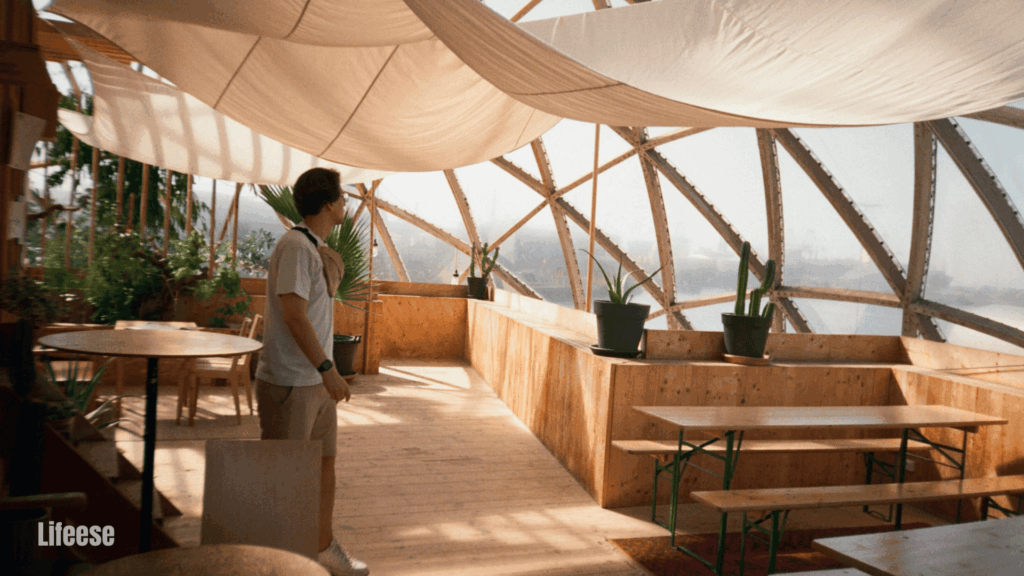
Ergonomic and Eco-conscious Furniture
Select chairs and desks made from recycled or certified wood, designed for long-term comfort.
Maximizing Natural Light in Home Offices
Place desks near windows to reduce reliance on artificial light.
Noise Reduction with Sustainable Materials
Wool rugs, cork walls, and acoustic panels made from recycled fibers improve focus while being eco-friendly.
Budget-friendly Eco-friendly Interior Design Tips
DIY Upcycling and Repurposing Ideas
Turn glass jars into lamps, pallets into coffee tables, or old fabric into cushion covers.
Affordable Energy-saving Upgrades
Install draft stoppers, use blackout curtains, and invest in programmable thermostats.
Small Steps for Big Sustainable Impact
Switch to reusable décor, buy less plastic, and compost food waste—it all adds up.
Global Inspirations for Eco-friendly Interiors
Scandinavian Minimalism and Natural Design
Known for simplicity, functionality, and natural light, this design philosophy blends eco-friendly principles with elegance.
Japanese Zen-inspired Eco-living
Emphasizes harmony, balance, and minimalism, often using natural wood and stone.
Tropical and Mediterranean Green Décor Ideas
Open spaces, natural ventilation, and vibrant plant life reduce energy use while creating breezy, beautiful homes.
Common Mistakes to Avoid in Eco-friendly Interior Design
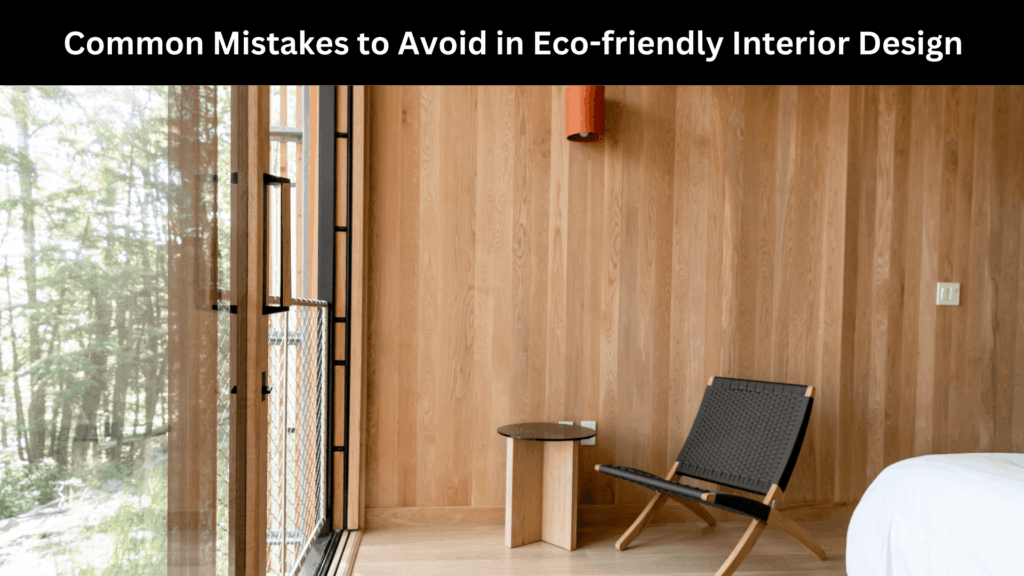
Over-purchasing “Green” Products Without Research
Not all items labeled “eco-friendly” are truly sustainable. Research certifications and sourcing.
Ignoring Energy and Water-saving Opportunities
Focusing only on décor while ignoring insulation or water-saving fixtures undermines sustainability.
Compromising Quality for Eco-labels
Cheap “eco” products may wear out quickly, leading to more waste. Prioritize durability.
FAQs
Is eco-friendly interior design expensive?
Not necessarily. Many solutions like thrifted furniture, LED bulbs, and indoor plants are affordable.
Can eco-friendly design still look modern and stylish?
Absolutely. Minimalist and biophilic designs prove sustainability can be chic.
What’s the easiest first step toward a sustainable home?
Switch to LED lighting and add indoor plants—they’re affordable and impactful.
Are second-hand items really eco-friendly?
Yes! They extend product lifecycles and reduce demand for new manufacturing.
Do eco-friendly paints last as long as conventional paints?
Yes, modern low-VOC paints are durable, vibrant, and safe.
How can I make my kitchen more sustainable?
Use energy-efficient appliances, compost food waste, and store food in glass containers.
Conclusion
Eco-friendly interior design ideas aren’t about sacrifice—they’re about living smarter, healthier, and more stylishly. From water-saving fixtures to biophilic décor, every choice matters. By incorporating even a few of the 21 ideas shared here, you’ll create a home that supports your well-being, reduces your footprint, and inspires others to follow suit.
